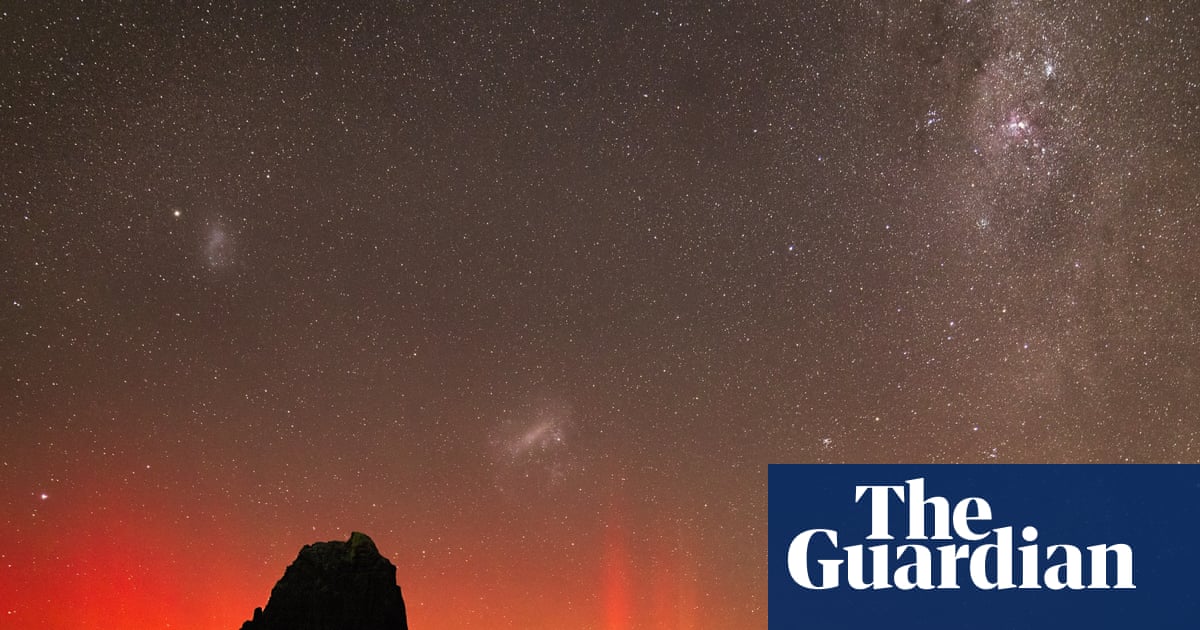
"When it comes to aurora viewing, experts recommend heading somewhere dark, away from city lights, looking to the south, and allowing your eyes to acclimatise to the darkness first. You might just see a hint of it with your naked eye, you might see something a little bit fuzzy, maybe a little bit red. That's when it's time to take out your camera and take a long exposure you can do this on your mobile phone, Webb said."
"Set your camera to take, say, a 10-second photo you'll often find that when you look back at the photo over those 10 seconds, your phone has collected more light than your eyes can process. According to the BoM on Wednesday, G4 geomagnetic storm conditions are currently being observed. The maximum on the geomagnetic storm scale is a G5. It is quite an intense geomagnetic storm, one of the largest that we've seen in recent years, Webb said ."
A G4 geomagnetic storm is currently underway, approaching the maximum G5 level and ranking among the most intense in recent years. Two massive coronal mass ejections since 9 November are predicted to hit Earth on Wednesday, driving the auroral display. The aurora could become visible much farther north in the southern hemisphere, including Tasmania, New Zealand and parts of mainland Australia as far north as Sydney, Perth, Victoria and New South Wales. For best viewing, go to dark locations away from city lights, look south, let eyes adjust to darkness, and use long-exposure photos (about 10 seconds) on mobile phones to capture faint colours.
Read at www.theguardian.com
Unable to calculate read time
Collection
[
|
...
]